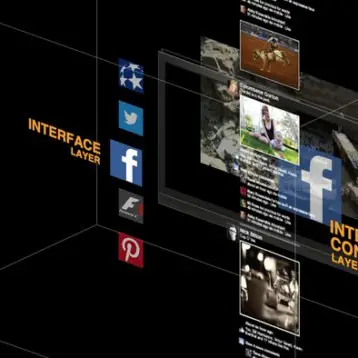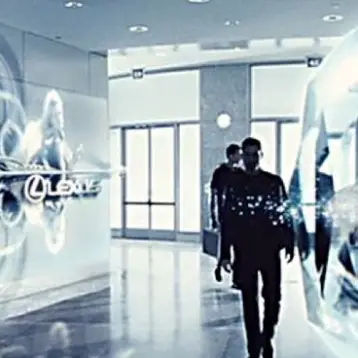|
The second patent, dubbed “Method and System for Providing Reliable and Fast Communications with Mobile Entities”, proposes a mobile internet protocol-based solution to support generic mobility over heterogeneous networks. Existing technologies use high resolution LCD to give the 3-D illusion, while actually displaying a two dimensional (2-D) image. Authentic three dimensional imaging, like that of the future Infosys system includes representation of depth information along with amplitude data, which are not implemented in current “supposedly” 3-D holograms.
There are a number of problems pertaining to heterogeneous networks which can be corrected with the support of generic mobility. The solution to this issue lies in a split-TCP where the TCP connections between communication entities are split at a suitable gateway. This does not require any extension at the mobile host and provides an improved performance even for mobility across heterogeneous networks, stemming from an inherent ability to adapt to changing network characteristics.
However, this solution from Infosys can only be established between two fixed hosts. Thus, communication between two mobile hosts or between a fixed host and a mobile host is not supported. This is because the mobile host(s) is (are) able to roam over heterogeneous networks, causing delays and discrepancies in data organisation at the receivers side, just to name one disadvantage. The solution also supports a Layer 3 handoff.
Subu Goparaju, head of SETLabs said, “Innovation is imperative for growth. We are fostering a culture of innovation and investing in research through SETLabs – Infosys’ Research Group. We set up an Intellectual Property (IP) cell in 2004 to leverage the power of IP for our growth and we are pleased to see results.”
By 2010, the devices will routinely beam 3D films, games, and virtual goods into our laps, according Infosys, which has patented the handset. The portable machines will be able to capture and send 3D snapshots of the surrounding world.
This device would not only benefit conventional users but also to people who work from remote locations, such as investigators, doctors, and teachers. The instant relaying of the realistic depictions can help in assessing car damage, injuries, or assist as an educational aid.
The powerful onboard processor on the Infosys device would construct a series of 2-D shots taken, for example, from a digital camera and converted into 3-D holograms using Fourier transformers to calculate the third extra dimension.
This allows complex 3-D holographic images to be forced through present communications networks by only sending the unprocessed data, which is then translated into the 3-D hologram at the receiver. Infosys’ device will be able to both send and receive these 3-D images, displaying them using a projector, laser source, and micro holographic optical elements lenses.
The industry forecasts the growth of global 3-D screens to reach 8.1 million units by 2010. “Holographic handsets have the capability of enriching the user experience with an actual 3-D experience and higher-quality images,” claims Infosys. “This gives users a more realistic experience in areas like gaming, medicine and movies.”
TFOT has previously written “The Dawn of Holographic Media”, covering InPhase Technologies’ holographic storage device boasting capacities of up to 300 GB, as well as ultra fast access time. You can also check out our article about holographic video, which could bring 3D video displays to consumer and medical markets in the near future. The new video system, compact enough to be placed on top of a desk, is expected to hit the market in the not too distant future and at the relatively low price of a few hundred U.S. dollars. TFOT also covered the Heliodisplay Floating Screen, which is an image that hovers above a seemingly ordinary table. This unique technology, developed by a former architect, creates one of the most convincing open-air holographic-like images in existence.
More information on this holographic development can be found at the Infosys website.










